This now-discontinued Spiritus sling happened to be next on my list of items to post here when its’ replacement was suddenly, the new Reverso:
https://www.spiritussystems.com/sierratac-reverso-sling
There are elements of the new design that I prefer to the older style shown in this post and the pad in particular is a big step forward in terms of materials. I do personally prefer some elements to the original however, so it’s swings-and-roundabouts. Partly it’s just the packaging configuration in that the original wasn’t supplied with 2 x QDs and hence was cheaper, however since the Reverso design necessitates a metal loop at the front (at minimum), I can certainly understand the reasoning as to why the decision was made to include QDs. Many new weapon designs do integrate QD sockets front and rear at this point.
There will certainly be a good portion of the market who want the quick detach facility on both ends of their sling, and some individual swivels can cost $20-30+ at other retailers (so 40-60 for a pair), but Spiritus seem to have leveraged some major bulk purchasing power and are offering QDs at a very good, much lower price (15/pair at the time of writing).
On a basic level, both the original SIERRATAC and the new Reverso are primarily made up of 1″ printed webbing, which the vast majority of slings naturally are because it is very lightweight but more than strong enough to do the job of holding a rifle. Some other elements vary however.
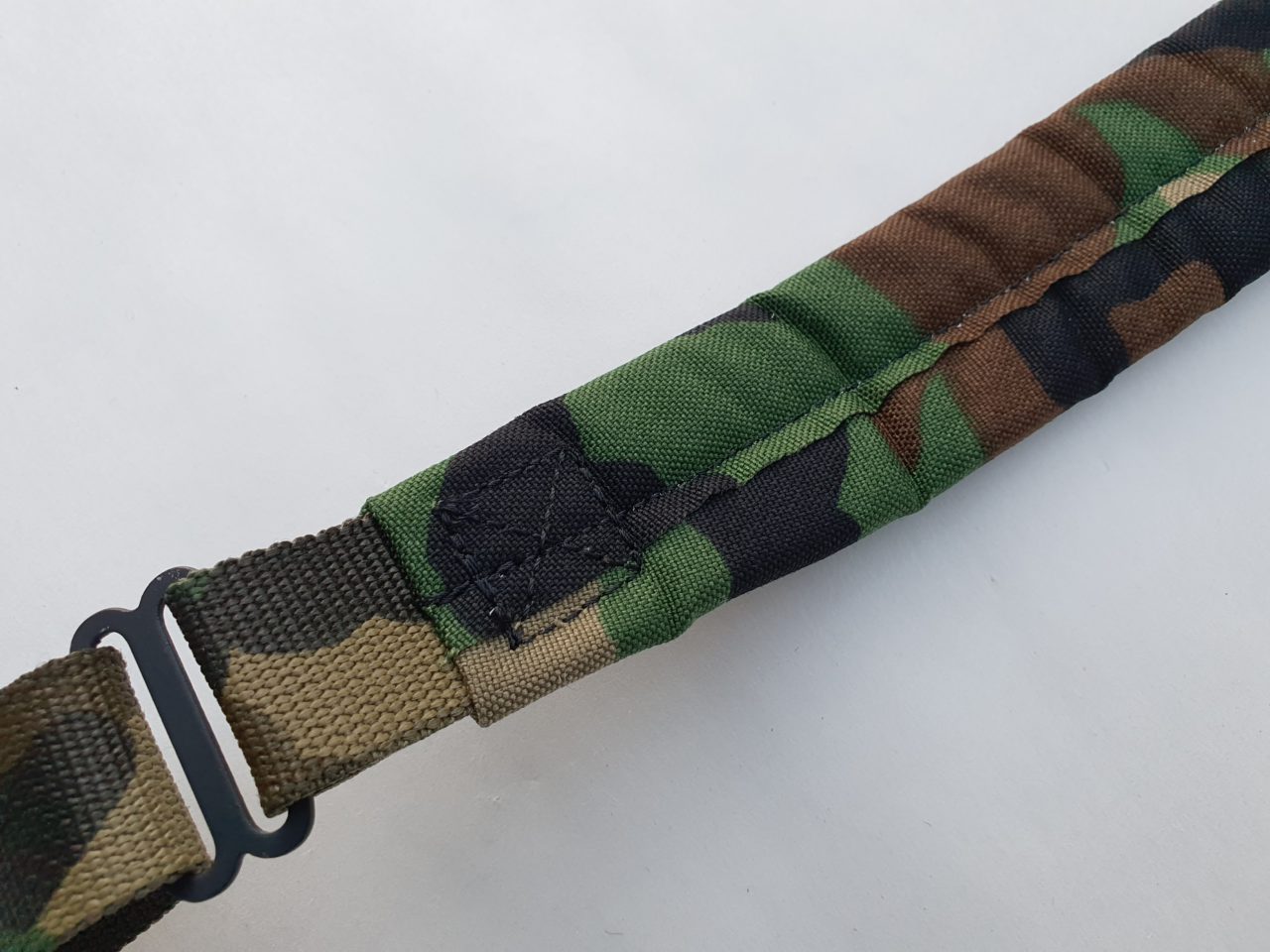
The pad on the original SIERRATAC is permanently affixed and hits a great balance point of bulk vs added comfort. It is narrower than a lot of other brands’ offerings, many of which go so wide that they go beyond a point of actually distributing the mass of the weapon any further; you just end up with extra pad material that isn’t really doing anything. This pad however does plenty of cushioning without adding excess material, and perhaps more importantly it provides enough extra material where it counts in order to significantly reduce twisting of the sling towards the stock end. A lot of the value and utility of a padded sling comes from the lessened tendency to twist up on you.
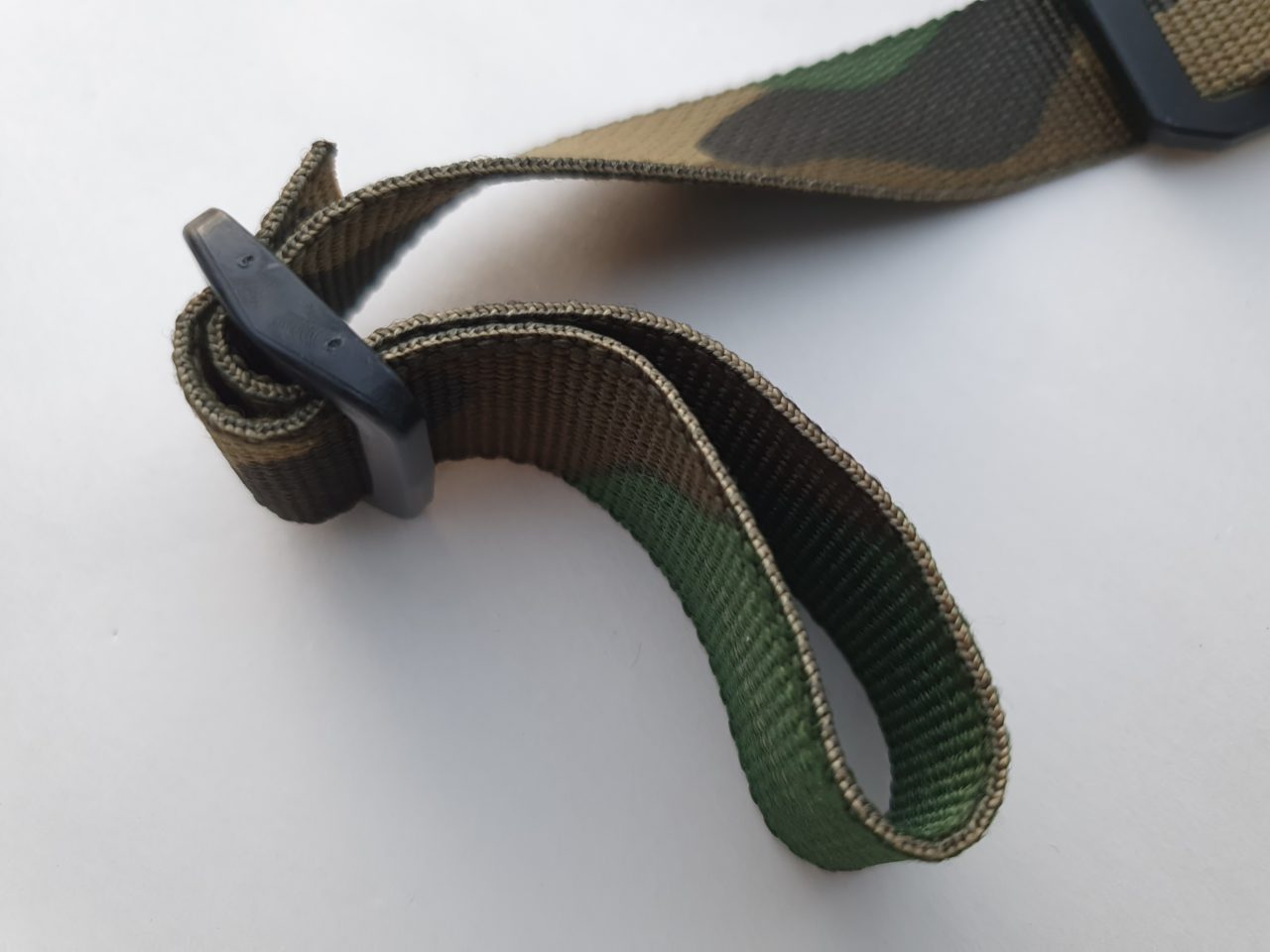
Both ends of the of the original SIERRATAC were simple open loops with plastic tri-glides and no included hardware (like QD swivels or paraclips). Personally, as mentioned earlier, this is my strong preference for how I like a sling to come from a manufacturer. A lot of classic weapon designs will feature proper integrated sling loops and no more hardware is required, however different weapon types will sometimes either have sub-1″ loops, integral QD sockets or maybe only flat pic rail/M-LOK, so on a lot of occasions it will be necessary to acquire the right hardware for the front and rear attachment points on your specific weapon.
If a retail package happens to fit your weapon as-sold then that’s great of course, you can grab and go, but if the included hardware doesn’t work for you then you’re just building up another box or bin of parts that might come in useful one day. As mentioned earlier a lot of new designs do integrate multiple QD points, but sling attachment options across all firearms designs that are still in use today do vary wildly.
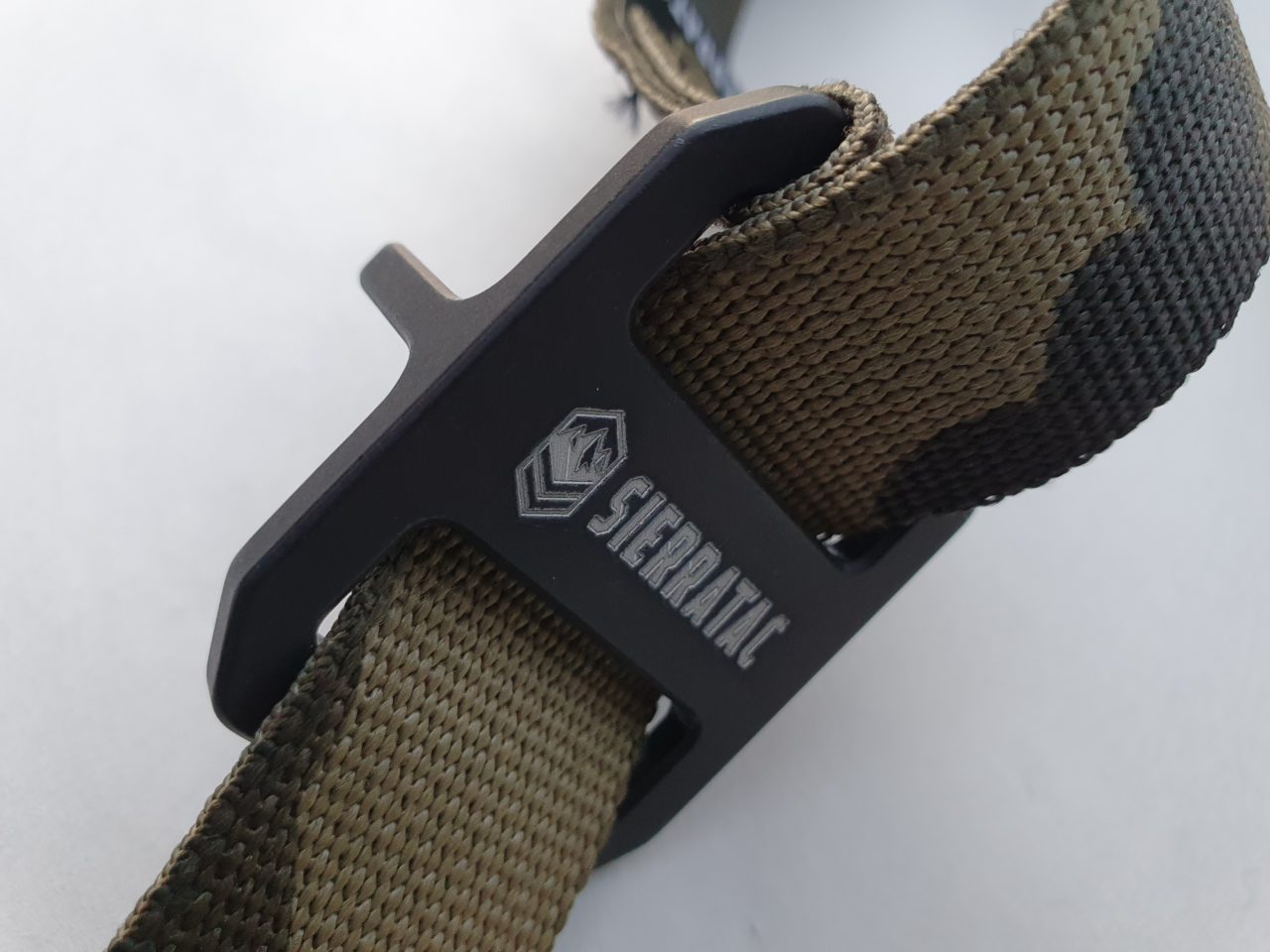
The real headline piece of this sling of course is the slider, which is one of the most substantial and hefty chunks of metal used as part of any popular sling on the market; though fortunately not as big and heavy as the metal QR buckles used on Viking Tactics and Ferro slings. In exchange for adding this comparatively large piece of aluminium, you do gain a reference point that is almost impossible to miss when you need to make a quick adjustment – even without looking, and that is worth a lot. This particular slider design does a great job of locking in place and resisting slipping, and crucially it is only a single piece of metal so is durable in the extreme, with quite literally no moving parts to even be able to go wrong (unlike the style used on VTAC and Ferro).
With the above said, personally this slider somewhat stops me from really loving the Spiritus slings overall, which I don’t enjoy saying as I rate everything else they make highly, but it is the truth regardless. While this slider is not ‘heavy’, it is heavier than other commonly used plastic options and any time the sling has slack/is not taught, the slider can quite easily pick up momentum to swing and impact the weapon. This can potentially be loud and cause a metallic reverberation, especially if the weapon component that the slider hits it also metal. I have used various other slings from multiple brands in the past both for work and recreationally, and have generally found that I prefer a smaller, lighter plastic slider which won’t really run in to this noise issue. At the time of writing, the Magpul MS1 and the padded Edgar Sherman are my own top picks for slings. The ESD in particular only uses a common ITW ladderloc for its’ slider, which is again a single piece of material and is a super lightweight plastic component.
Functionally, I have zero complaints with the SIERRATAC slider, indeed if you want extreme durability and exceptionally smooth operation then I would say it represents the best option on the market. Noise discipline certainly isn’t an issue in all situations by any means, and obviously it is the responsibility of the user to maintain tight control of their weapon at all times. To what extent a potential noise might matter to your own application is one of those factors that you will have to appropriately think over and factor in to your gear selection; as with all gear purchase decisions.
The new Reverso of course is quite a different beast and one I am yet to try out, but this original version was sold for a number of years in the usual Spiritus wide variety of colourways. I would expect there to be many, many thousands of them out there and given the usual quality of production I expect most of those will serve their owners for an extremely long time in to the future.
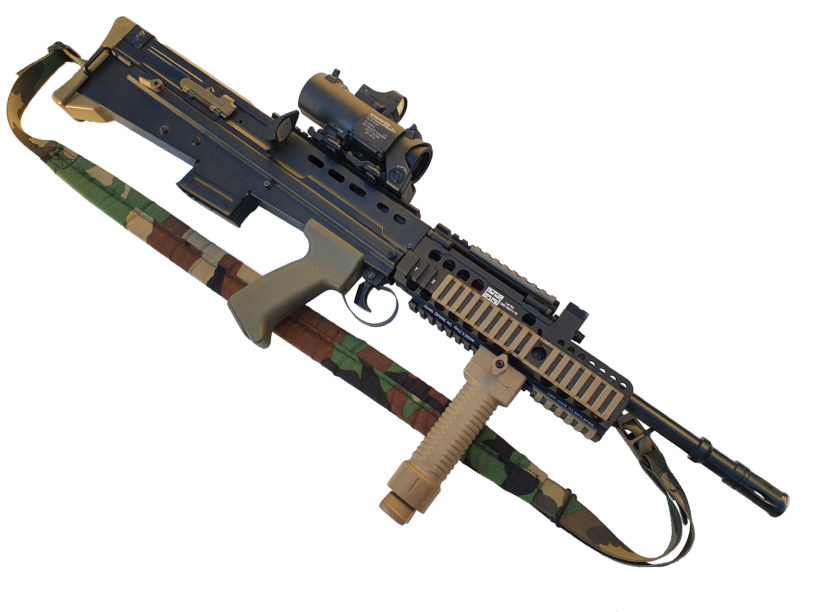

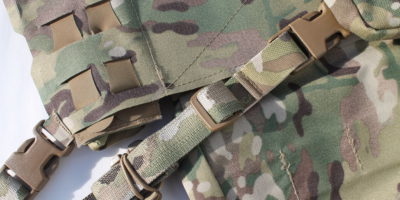
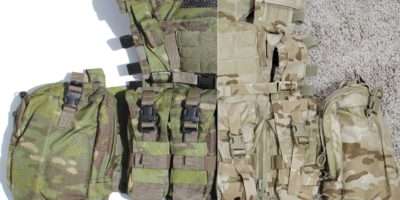
Leave a Reply